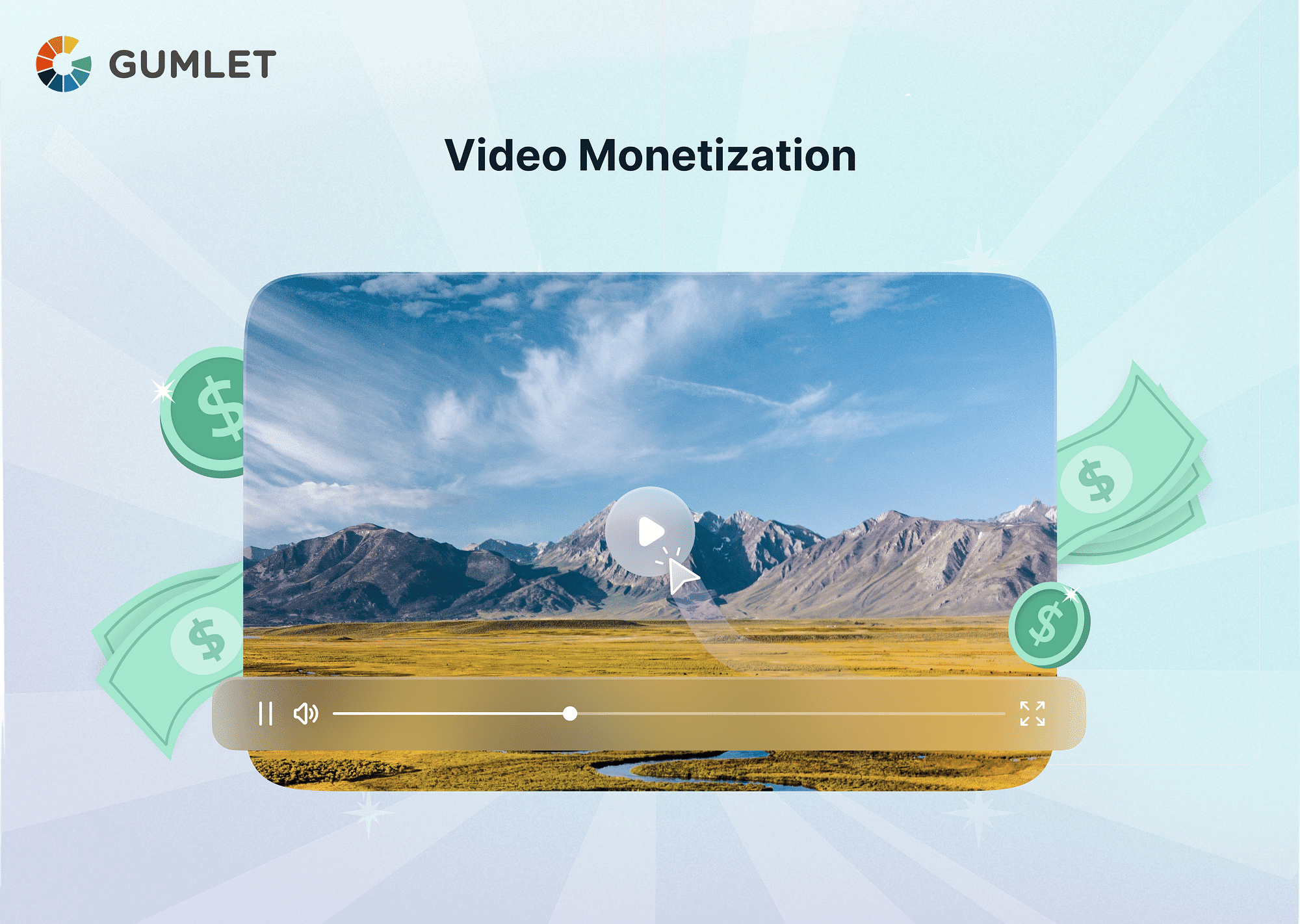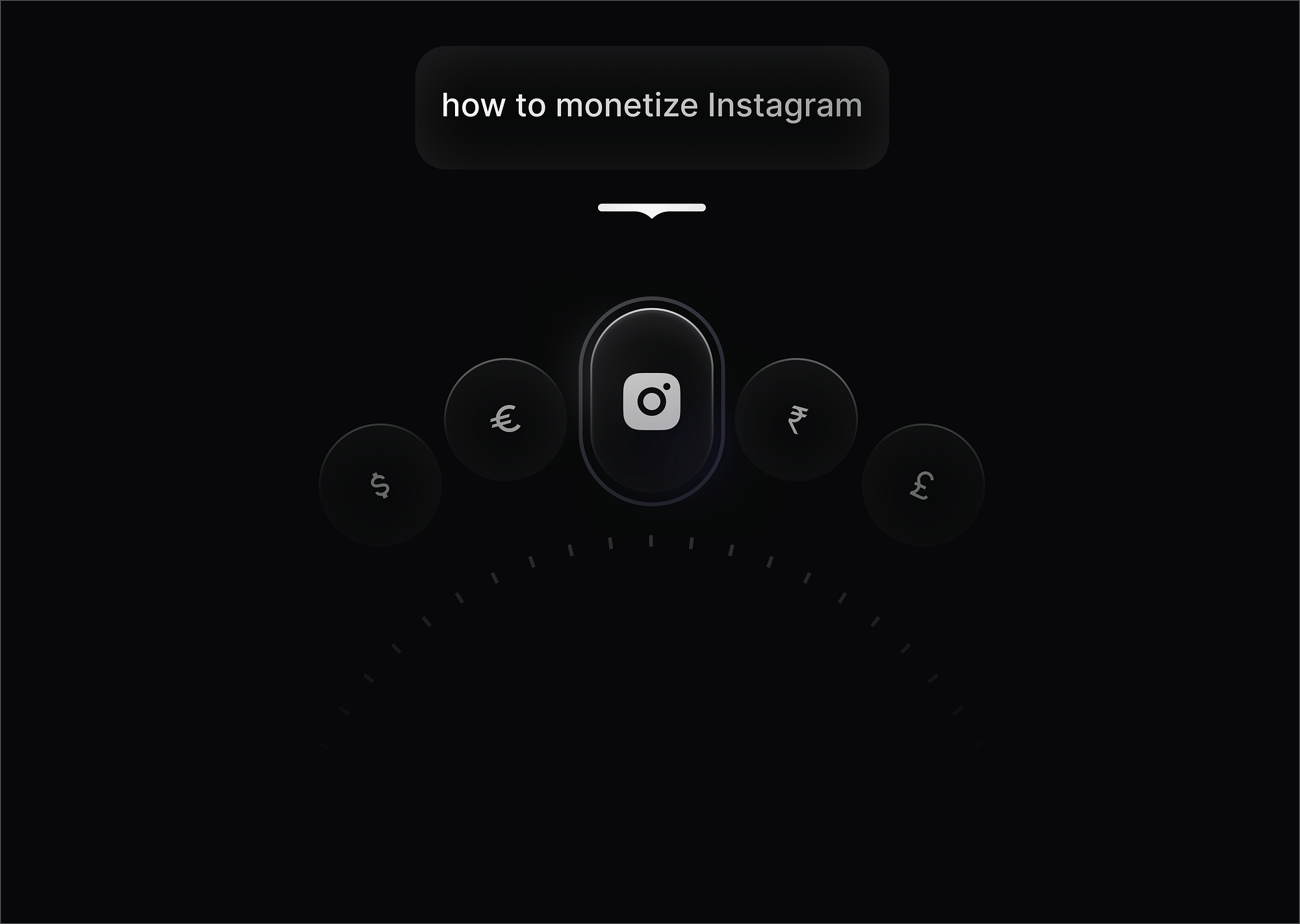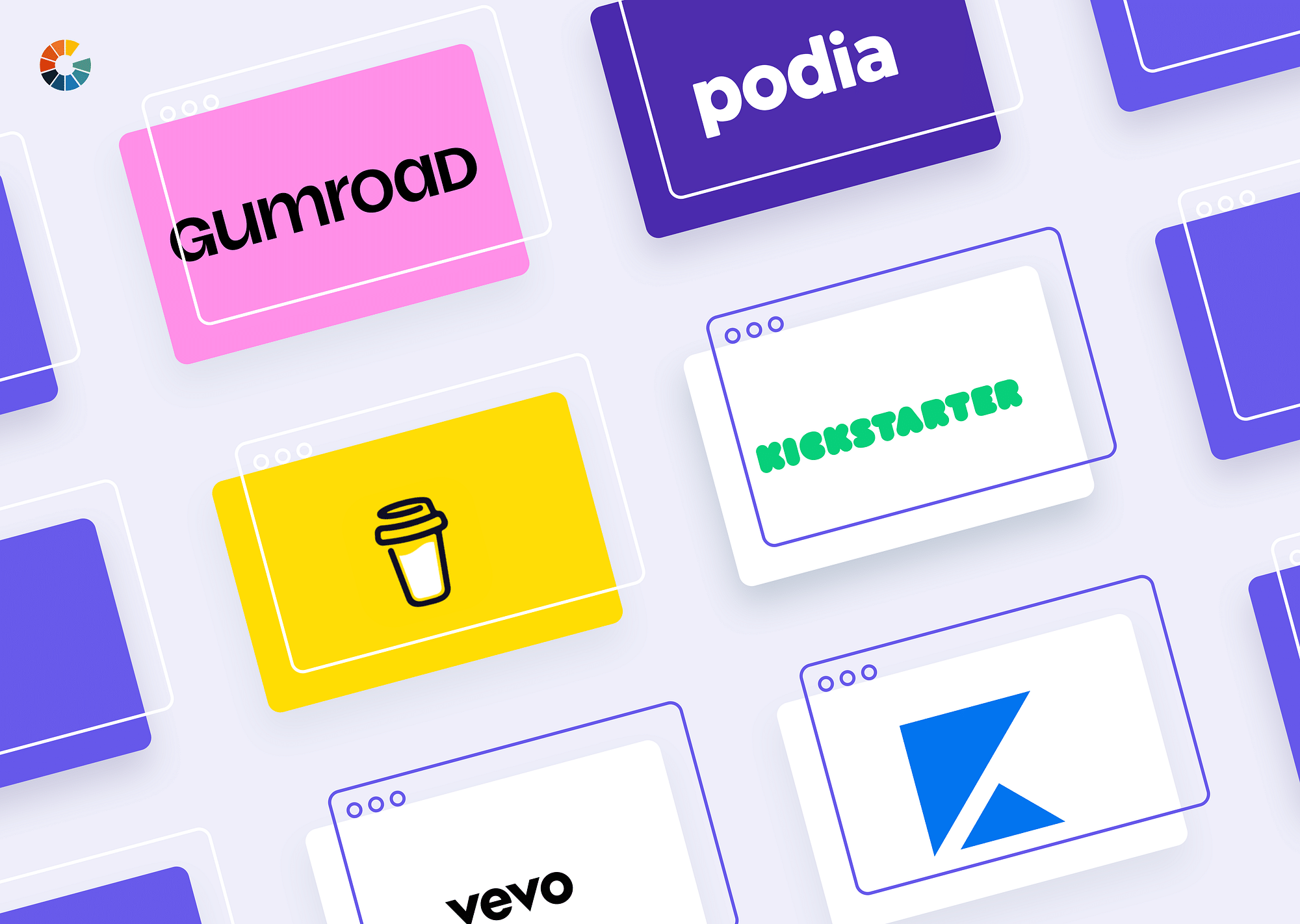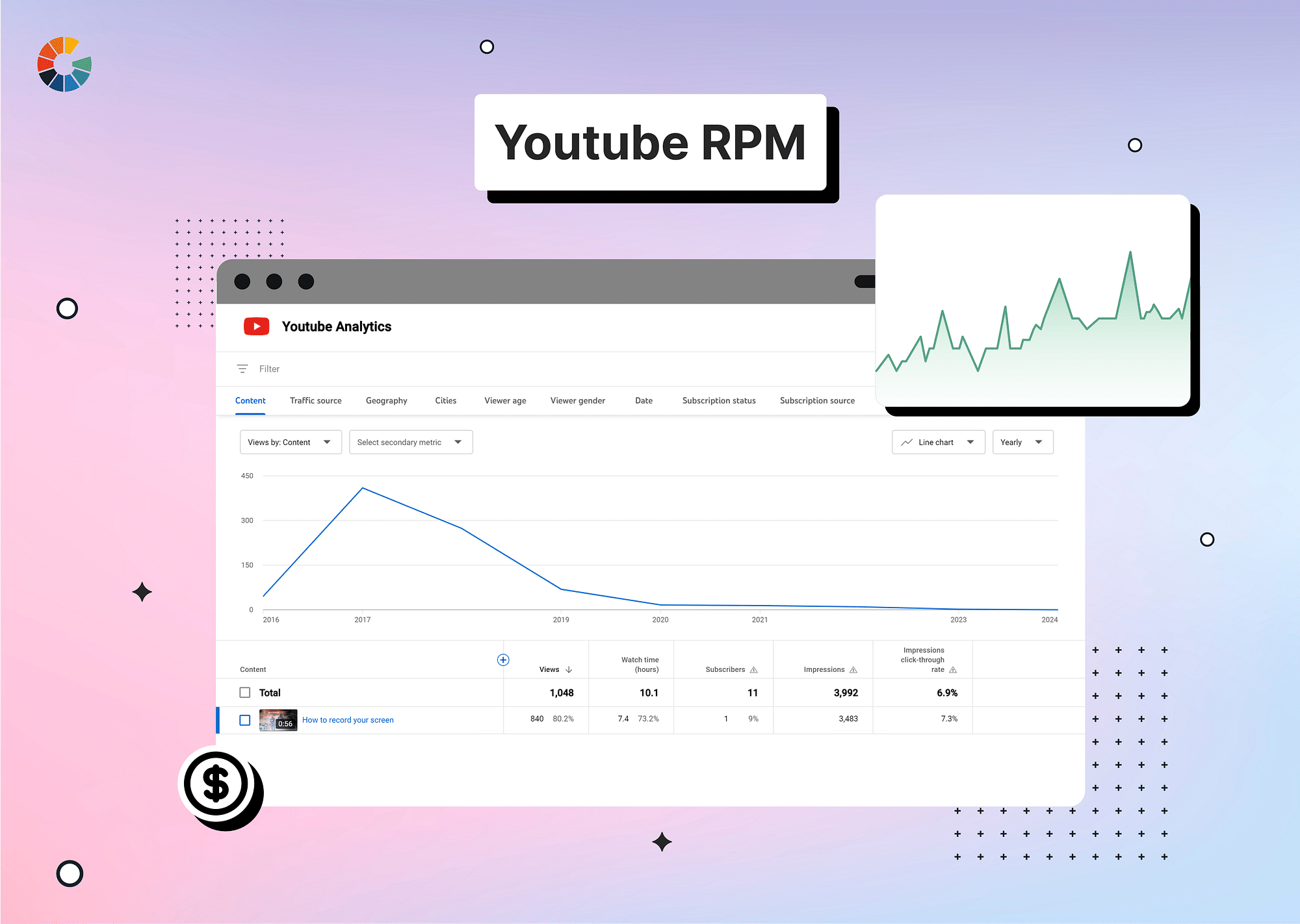Introduction
In the age of digital transformation, the video content market is booming. With more people consuming video content than ever before, creators are constantly searching for effective ways to monetize their content. This article explores the concept of video monetization, its importance, different methods of monetization, alternative ways to monetize, top platforms for video monetization, and industries that benefit the most from it.
What is Video Monetization?
Video monetization refers to the process of generating revenue from video content. Creators, publishers, and businesses can monetize their videos through various ways, such as ads, subscriptions, pay-per-view, and donations. As the digital space grows, new monetization models continue to emerge, providing more opportunities for creators to profit from their content.
Types of Video Monetization Models
The digital landscape offers various video monetization models, ranging from traditional advertising to viewer-centric options like subscription-based or transactional models. Let's delve into these different monetization models, exploring how each one can be leveraged to generate revenue from your video content.
- Advertising Model: This involves displaying ads on your videos, either as pre-roll, mid-roll, or post-roll ads. The revenue comes from advertisers who pay to display their products or services. YouTube's monetization program, where creators earn money through ads displayed on their videos based on factors like views, watch time, and ad engagement.
- Subscription Model: This is a pay-to-access model where viewers pay a monthly or yearly fee to access a library of videos. Netflix offers a subscription-based service where subscribers pay a monthly fee to access a library of movies and TV shows without interruptions from ads.
- Pay-Per-View Model: In this model, viewers pay a one-time fee to watch a specific video or event. This is used for things like live streams, boxing matches, or renting a movie online.
- Transactional Model: This involves selling videos directly to consumers. YouTube allows users to purchase or rent individual movies for a one-time fee.
- Crowdfunding/Donations: Some creators rely on donations from fans or crowdfunding campaigns to monetize their content. Patreon is a crowdfunding platform where creators receive ongoing support from fans who pledge a certain amount per month in exchange for rewards like exclusive content or early access.
- Hybrid Model: A combination of any of the above models. This provides flexibility and maximizes revenue streams. Amazon Prime Video uses a hybrid model by offering a subscription service with ad-free content, along with options to rent or purchase individual movies or TV shows not included in the subscription.
Why is Monetizing Your Videos Important?
Video content creation has become a creative and profitable career path in the digital era. Monetizing videos is crucial for earning revenue, validating effort, fostering creativity, and sustaining long-term ventures. Below, we delve deeper into why monetizing your videos is paramount.
- Revenue Generation: Monetizing videos is a lucrative way to generate income, whether as a full-time content creator or a side gig. Various methods like ads, sponsorships, merchandise sales, or subscription models can provide a steady income stream, rewarding hard work and creativity.
- Audience Validation: When your viewers invest their time and sometimes their money into your content, it serves as a form of validation. Monetization implies that your content is valuable enough that people are willing to pay for it. This can be an enormous boost for your morale and motivation as a content creator.
- Professional Growth: Monetization often pushes creators to professionalize their work, raising the bar for content quality and production values. It encourages strategic thinking about content, audience engagement, marketing, and branding. This growth is not only beneficial for financial gain but also contributes to your personal and professional development.
- Funding Collaborative Opportunities: Monetizing your videos can open collaboration opportunities with other creators or brands. With a monetization strategy in place, you can invest in joint ventures, sponsorships, or collaborations that can significantly enhance the visibility and reach of your content.
How to Monetize Video Content?
Monetizing your video content can be achieved in different ways, depending on your chosen platform. Here, we'll break down the process and potential earnings for the major platforms.
YouTube
On YouTube, creators can generate revenue through the YouTube Partner Program. To qualify, they must meet certain criteria, including having at least 1,000 subscribers and 4,000 watch hours in the past 12 months.
Here's a rough estimate of potential earnings based on the number of average viewers:
| Amount of viewers | Earnings |
|---|---|
| 1,000 average viewers | $1,500 per month |
| 5,000 average viewers | $4,000 per month |
| 10,000 average viewers | $8,000 per month |
*Note: These figures are estimates. Actual earnings depend on various factors, such as the type of ads shown and the viewer demographics.
Facebook offers monetization options like in-stream ads and fan subscriptions. Creators need to comply with Facebook's monetization policies and meet certain eligibility criteria to monetize their content.
To be eligible for in-stream ads on Facebook your account must be a Page, not a personal profile, and have at least 10,000 followers. Your content needs to generate at least 600,000 minutes of total video views within the last two months. Additionally, you must have at least five active videos on your Page. Finally, you need to be 18 years old and reside in a country where Facebook allows in-stream advertising.
The potential earnings on Facebook could look like this:
| Amount of viewers | Earnings |
|---|---|
| 1,000 average viewers | $2,000 per month |
| 5,000 average viewers | $5,000 per month |
| 10,000 average viewers | $10,000 per month |
*Note: Earnings can vary greatly based on the length of the video, type of ads, and audience engagement.
Twitch
Twitch allows streamers to monetize their content through ads, subscriptions, and bits (Twitch's virtual currency). Streamers must become a Twitch Partner or Affiliate to unlock these monetization features.
To join, you'll need to hit some milestones: gather at least 50 followers, stream for a total of 8 hours, broadcast on 7 different days within a month, and maintain an average of 3 concurrent viewers during your streams. Once you reach these goals, Twitch will invite you to become an Affiliate.
As per the data provided by Stream Facts, the potential earnings for Twitch streamers are:
| Amount of viewers | Earnings |
|---|---|
| 1,000 average viewers | $5,000 per month |
| 5,000 average viewers | $13,000 per month |
| 10,000 average viewers | $30,000 per month |
*Note: These figures are based on a mix of ads, subscriptions, and donations and can vary significantly.
On Your Website
Hosting and monetizing videos directly on your website provides the greatest control over the monetization process. Incorporate ads into your videos. You can use platforms like Google AdSense for this. The earnings from website-based monetization can fluctuate based on numerous factors like your website traffic, ad rates, and viewer engagement. However, they can often exceed those from third-party platforms due to the lack of a middleman.
Alternate Ways to Monetize Your Videos
In addition to platform-specific methods, other monetization options include sponsored videos, merchandise sales, licensing content, selling online courses, or hosting virtual events. Let’s dive into it to understand what are some alternate ways for you to monetize your videos!
- Establish Your Own Video-On-Demand (VOD) Service: Advancements in technology have made creating a VOD service more accessible, allowing independent content creators to launch personalized streaming services tailored to their audience. This adaptability ensures success in monetization, as it caters to audience preferences and offers various distribution models, ensuring a dedicated viewer base willing to invest in unique offerings.
- Develop an Over-The-Top (OTT) Video App: VOD services have vast potential but can be restrictive for users who prefer TV viewing. Over The Top (OTT) video apps bypass traditional telecommunications, offering content on various devices and flexible monetization options. Despite technical challenges, OTT apps provide a polished, professional appearance and enhanced user experience.
- Live Streaming and Webinars: Live streaming and webinars offer interactive ways to monetize your videos. Live streams can leverage features like virtual tipping, viewer-activated events (like paid shoutouts), or even product sales during the broadcast. Webinars can be offered for a fee, providing in-depth content or exclusive access to a live Q&A with you. Both formats allow you to build a stronger connection with your audience, fostering a sense of community and increasing their willingness to pay for valuable content.
- Licensing Your Content: This lets you permit other businesses to use your videos in their projects, like websites, presentations, or educational materials. You earn a one-time fee or ongoing royalty, and your content gains wider exposure.
- SmugMug: Known primarily for hosting and selling photos, SmugMug also supports video content. What sets SmugMug apart are its comprehensive tools to assist in marketing and selling your videos. You can create a full-featured site, complete with SEO-friendly tools, promotional options like coupons and package deals, such as Black Friday deals, and even sell physical products.
Top Video Hosting Platforms for Video Monetisation
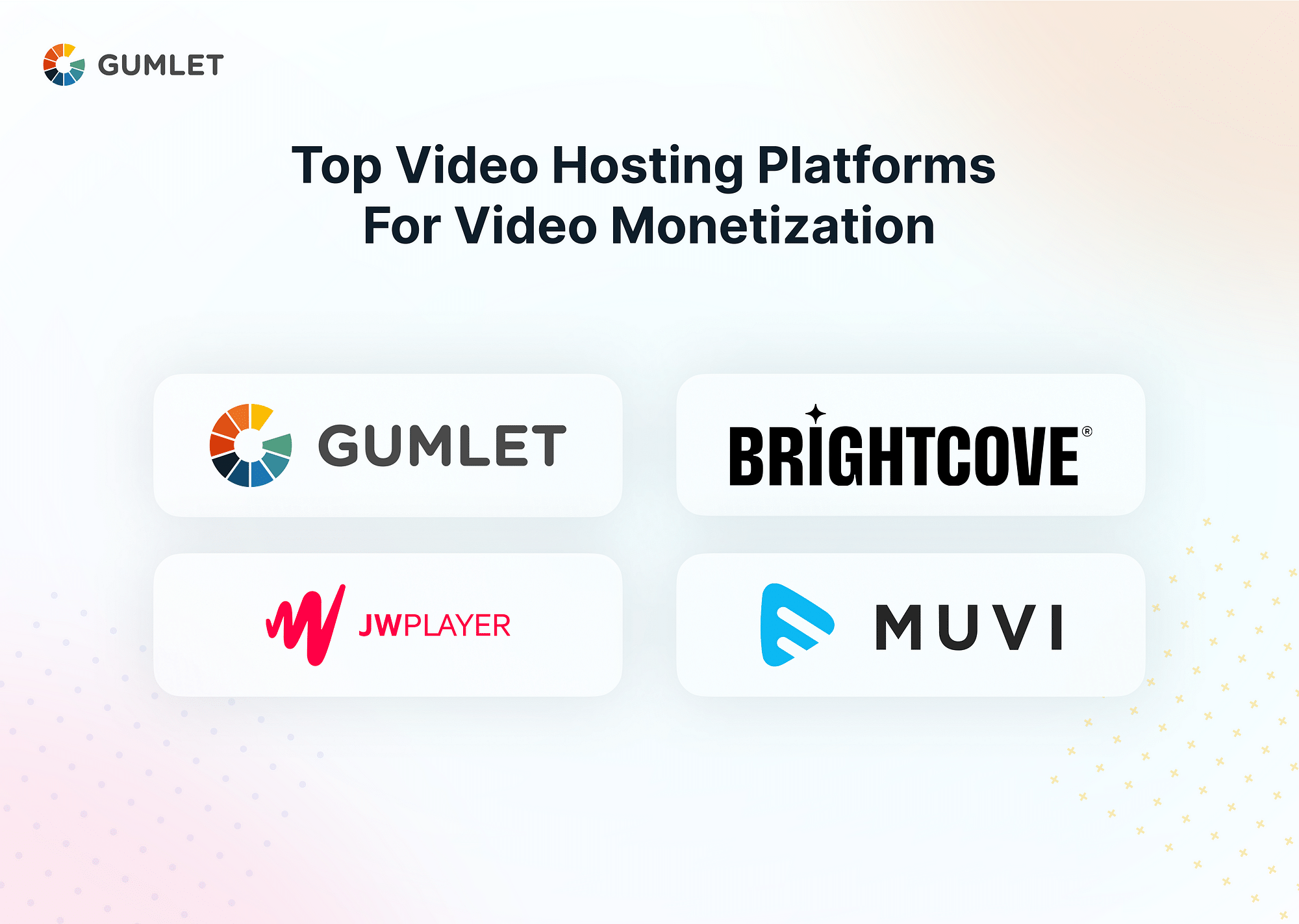
Selecting an optimal video hosting platform can play a pivotal role in maximizing your content's monetization potential. Let's delve deeper into the highlights of some of the best platforms available:
Gumlet
Gumlet integrates with industry-standard VAST tags, allowing you to serve video ads directly within your videos. This enables you to generate revenue from your video content.
- Best For: SMBs and creators. Features like customizable video players and startup credits make it attractive for small businesses to build a professional video presence. Gumlet's focus on video delivery and analytics is valuable for creators who want to ensure a high-quality viewing experience for their audience and gain insights to improve their content strategy.
- Other Features: Offers low-latency live streaming and compatibility with various ad networks.
Uscreen
Uscreen is an all-encompassing video membership & monetization platform, specially designed for content creators, fitness professionals, and online course creators. The platform’s strengths lie in its fully-branded, immersive streaming experience, low-latency HD quality, and robust audience interaction tools, making it a top pick for quality-focused creators.
- Best for: creators with an established following who want to build a membership business to serve their loyal fans and support their passion.
- Other features: Uscreen integrates across devices, ensuring your content is always accessible, while live chat and pre-registration tools help you build a tighter community.
VPlayed
VPlayed is a complete platform for video hosting, live streaming, and video monetization benefits. The platform lets video business owners and content creators build video-on-demand platforms to monetize their content via content monetization models like subscriptions, pay-per-view, advertisements, and sponsorships.
- Best For: Building a complete OTT solution for video businesses seeking platforms in websites or applications and offering white-label streaming with full-source code for customization.
- Other Features: Zero commission, complete customization, video AES, video CDN, real-time analytics, and video marketing tools.
Muvi
Muvi is a popular platform for video hosting and monetization. It allows creators to build video-on-demand channels and sell content through subscriptions, pay-per-view, or ads.
- Best For: Comprehensive OTT solutions. Muvi facilitates everything from website creation to app distribution.
- Other Features: Boasts zero-code customization, real-time analytics, and robust DRM protection.
Brightcove
Brightcove is a video platform designed to help creators and businesses turn their video content into profit. It focuses on providing a smooth video experience for viewers and a streamlined workflow for content creators.
- Best For: Businesses and marketers. With advanced analytics and integrations, it optimizes video campaigns for the best returns.
- Other Features: Supports live streaming, VR & 360° videos and provides a reliable content delivery network.
JW Player
JW Player isn't just a video player, it's a full-service video platform designed for video monetization. They offer features like ad placement, subscription management, and live streaming to help you earn revenue from your videos.
- Best For: Publishers and media enterprises. With extensive advertising integrations, monetizing content is a breeze.
- Other Features: Offers video SEO tools to maximize content reach and visibility.
It's crucial to align the platform's capabilities with your content type, target audience and desired monetization techniques. Each platform presents unique features tailored to cater to varied needs.
Top Industries That Benefit from Video Monetization
Businesses across various sectors utilize this medium to connect with their audiences more personally, educate consumers about their products and services, and generate income. Here are some of the top industries that are leveraging video monetization to fuel their growth:
- Entertainment Industry: The entertainment industry has expanded its revenue streams through video monetization, encompassing movie trailers, music videos, web series, and live performances, ensuring creators and artists receive compensation.
- Education Industry: Online learning platforms and educational content creators are capitalizing on video monetization. They provide valuable educational content like tutorials, lectures, and e-courses, which can be monetized to support producing more quality content. This benefits both the creators and learners.
- Advertising Industry: This industry thrives on video content for brand promotion, product launches, and consumer engagement. By monetizing their videos, companies can not only cover production costs but also generate profit, making video an effective and lucrative marketing tool.
- Tech Industry: Technology companies, particularly in software, gaming, and apps, use video tutorials, reviews, and gameplay streams to reach their audience. Monetizing these videos helps to fund development and marketing efforts, promote their products, and provide user support.
- Gaming Industry: The gaming industry benefits significantly from video monetization. Game developers and streamers use video to showcase gameplay, updates, and tutorials, monetizing this content to fund development projects or to provide income for content creators.
- Health & Fitness Industry: From workout routines and yoga classes to health tips and diet plans, video content has been a boon for this industry. Monetization provides a way for fitness professionals to earn from their content, ensuring they can continue to provide valuable health and wellness advice.
By leveraging video monetization, these industries can effectively engage their audience, provide value, and create a sustainable income stream, reflecting the significant role of video content in today's digital age.
Conclusion
Video monetization is a key revenue strategy for content creators in the digital era. By understanding different monetization models and exploring multiple platforms, creators can build sustainable revenue streams from their content.
FAQs
1. Why is my video not eligible for monetization?
Your video might not be eligible for monetization if it violates the platform’s guidelines or if you do not meet certain requirements, such as a minimum number of subscribers or views.
2. What is the minimum video length for YouTube monetization?
To display mid-roll ads, a video must be at least 8 minutes long. However, there is no minimum length for monetizing videos with pre-roll and post-roll ads.
3. How does YouTube short video monetization work?
YouTube Short video monetization works based on a distinct set of policies. Creators must adhere to YouTube's monetization rules and accept the Shorts Monetization Module to share in the ad revenue.
The revenue works in four steps:
- Pooling the Shorts Feed ad revenue.
- Splitting this based on views and music usage.
- Allocating this revenue based on each creator's share of total views.
- Applying the 45% revenue share to creators.
Shorts featuring third-party or remixed content have their views divided for revenue calculation. YouTube Premium also has a revenue-sharing model where creators earn 45% of the net revenue allocated to Shorts. Revenue and performance metrics can be monitored via YouTube Analytics.
- Can I monetize a video after posting?
It depends on the platform. Some platforms like YouTube let you enable monetization on existing videos, but you won't earn revenue for views before enabling it.

